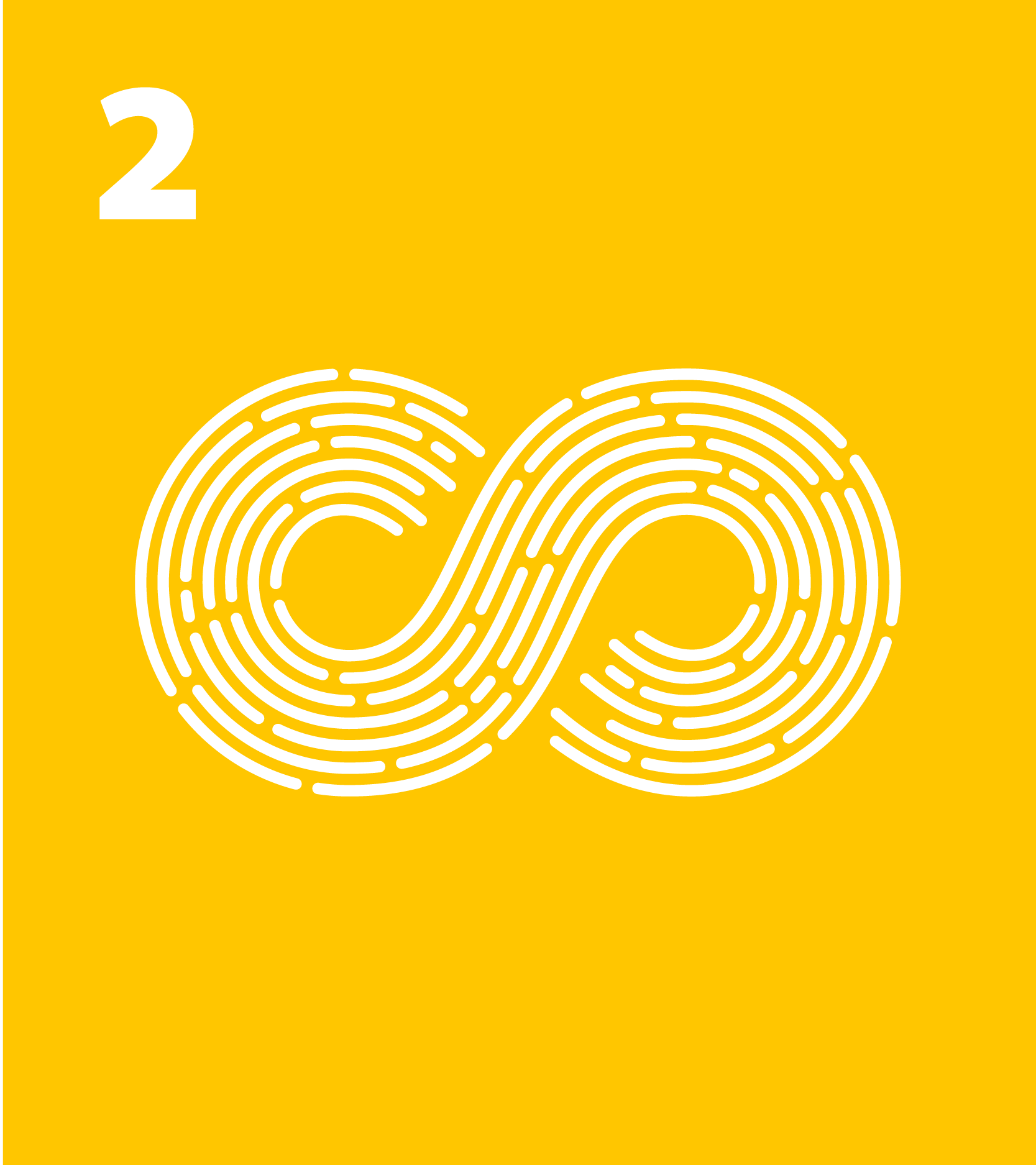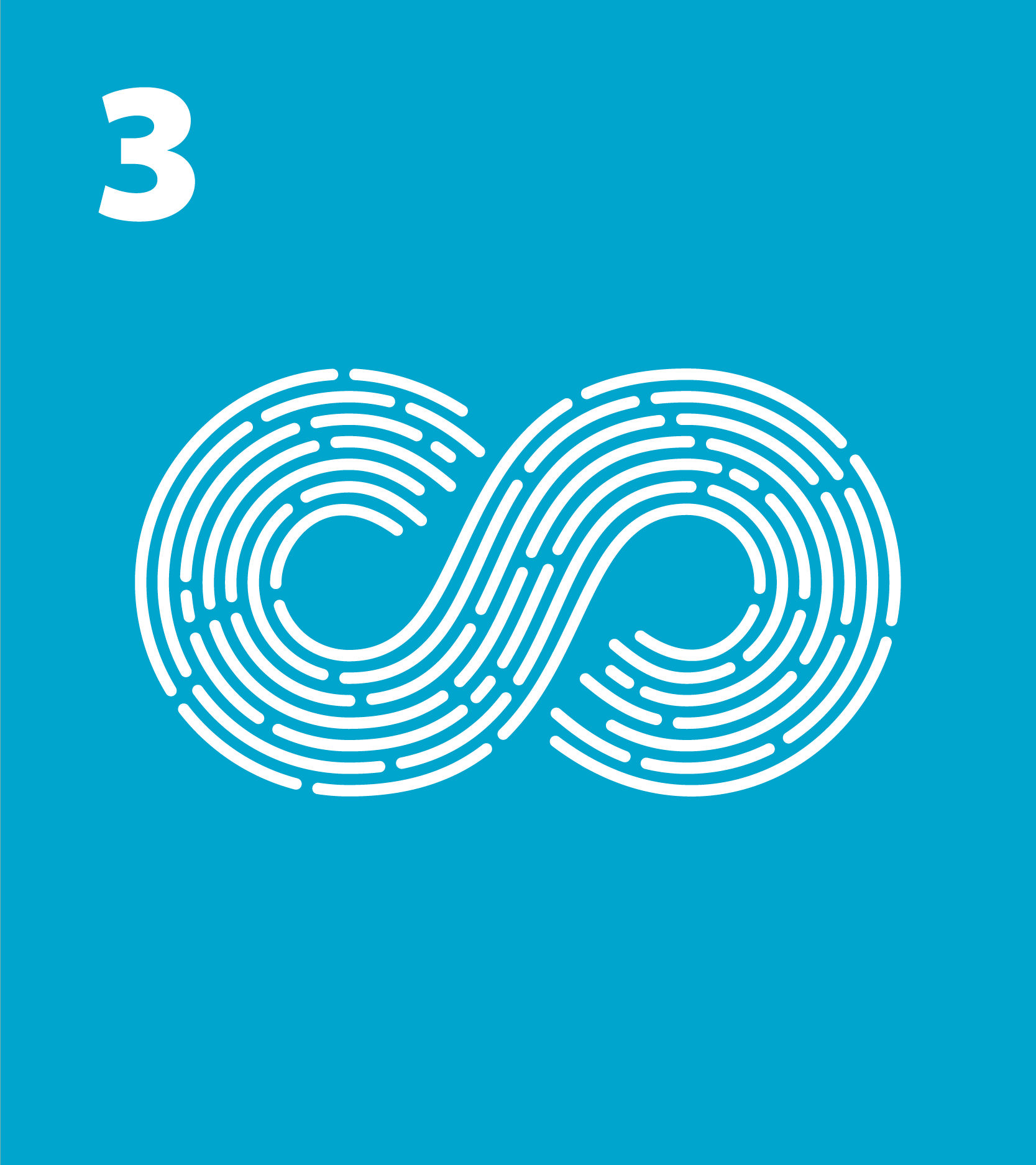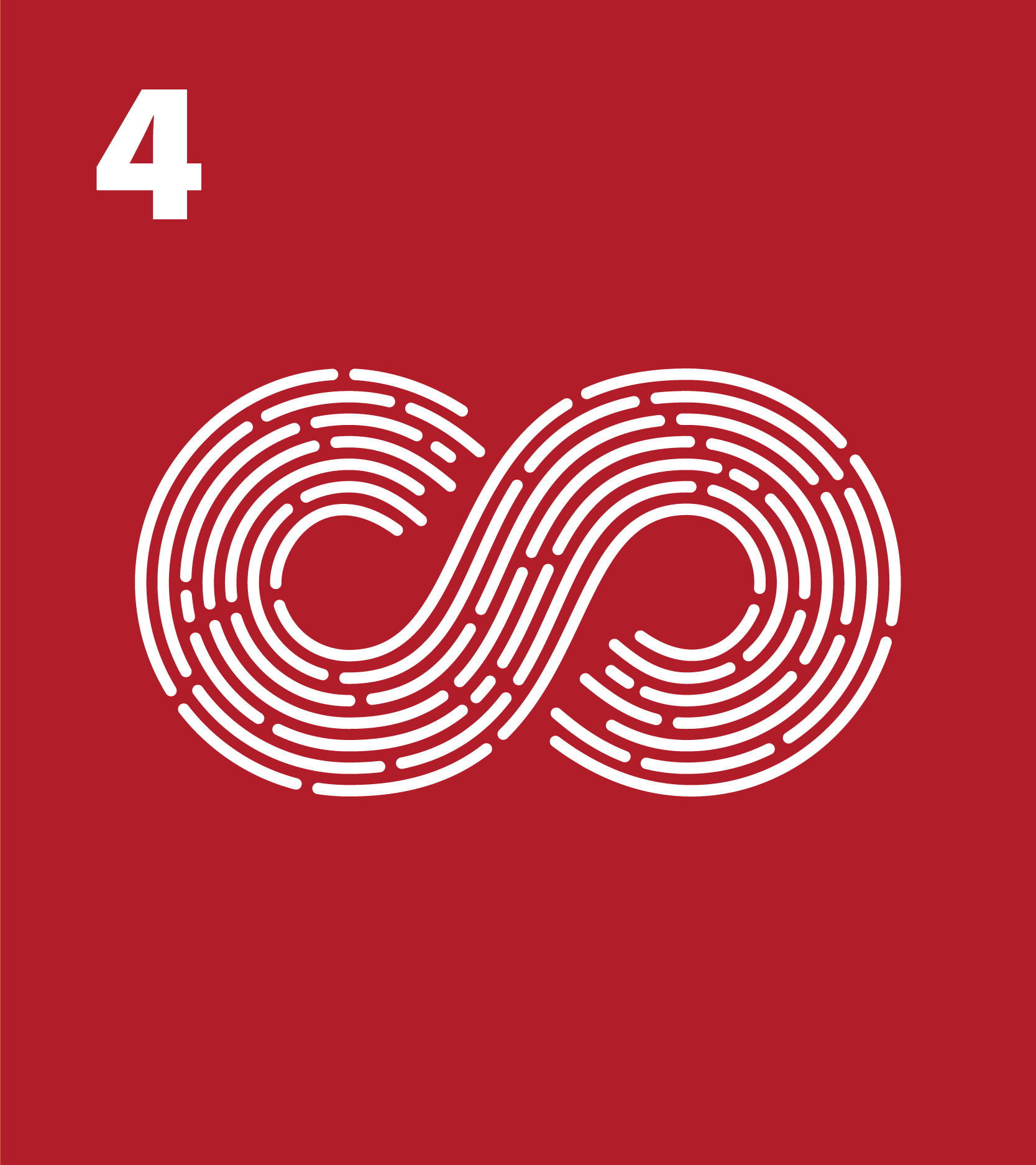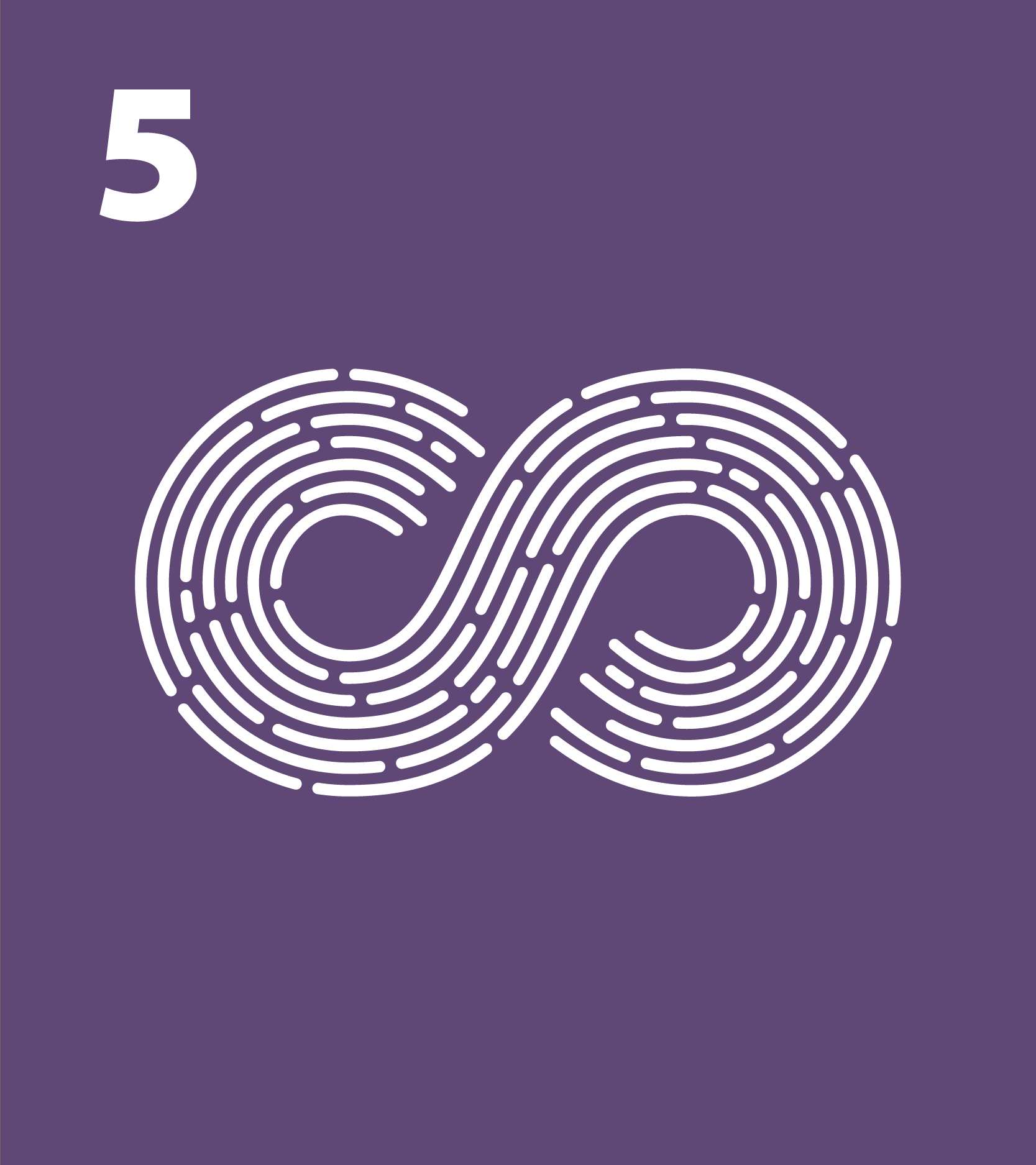CHANGE burnout
5 uses for internal communications
Change is constant in many organizations, but that doesn’t mean employees find it easier and easier to take that change in stride. In fact, they often suffer from change burnout and anxiety linked to never-ending change.
Here are five thoughts on how to make change initiatives less stressful for your people:

Start with respect for employees
The most effective change communications are built on a foundation of respect for the individual. That means treating employees like the intelligent adults that they are, as well as putting ourselves in their shoes. We often talk about the Golden Rule of Change Communications: If you were an employee impacted by this change, how would you want to be treated?

Tell them everything you can
Knowledge is power — and it also helps people feel more comfortable in uncertain situations. Some leadership teams feel they should wait until they know all the details before they begin communicating with employees, but in our experience, employees prefer to know as much as you can tell them as early as you can, even if there are gaps in what you can share.

Get ahead of the rumor mill
Don’t make the mistake of thinking that if the company says nothing, employees will say nothing. In the absence of clear communication from the company, employees will fill in the blanks. And often what they imagine is much worse than the reality. Tell them that the change is coming as soon as that’s feasible and promise to fill in details when you know more.

Show how the change supports the vision
Explain how this change initiative is anchored in the organization’s vision for success. For example, will the change help the hospital system deliver better patient care? Will it improve the sustainability of your manufacturing plants? This helps employees understand the business reasons for the change, as well as helping them see that the change is part of a larger plan.

Describe the end result of the change
Where will the company be at the end of the change? What will be better? The process of change is often bumpy and disruptive, so it’s helpful to focus on the positive outcomes. Try to translate those outcomes into human benefits. Saying you’ll have improved profitability is less meaningful to employees than explaining that the change will increase job security, for instance.
How can we help?
Tribe does internal communications – and that’s all we do. We’re a full-service shop, from audits and strategy to creative and production.
Steve Baskin
President and Chief Strategy Officer
Office: (404) 256-5858
Mobile: (404) 663-7910
[email protected]